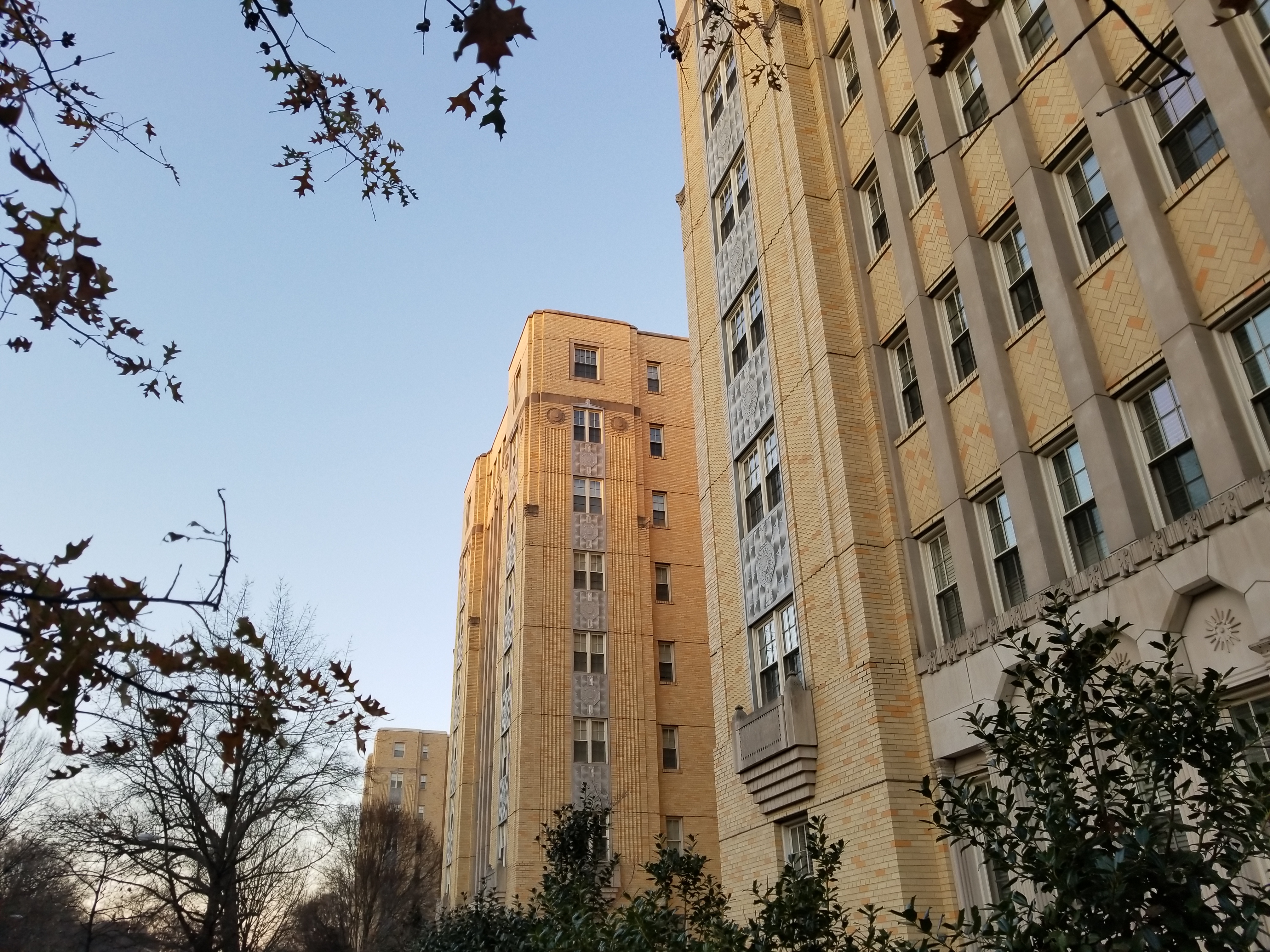
The D.C. Policy Center report, Appraising the District’s rentals, provides a comprehensive picture of the District’s rental housing to evaluate its capacity to create economically inclusive neighborhoods in the District of Columbia.
The report combines multiple data sources to estimate the number and type of rental units and the buildings that hold them, and the rents that prevail at different types of rentals across the city.
The report provides extensive data on rental apartment buildings including the rent-controlled stock as well as rental units outside the rental apartment buildings including condominiums, single-family homes, and flats.
Author’s note: We initially planned to publish this report on March 17, 2020. But with the breaking of the COVID-19 pandemic, we postponed; it seemed insignificant when our world was changing so quickly with great uncertainties about the health and wellbeing of D.C. residents and the city’s economy.
These uncertainties are still with us as of April 1, 2020, our publication date. But there is also great interest in how best to help renters who are facing job losses while balancing the needs of housing providers, who must continue operations. Given these interests, we think that this report can provide important information that could help with the difficult choices District policymakers must make in the next few months and as recovery begins.
Quick links
- About this report
- Summary of findings
- Policy: Inclusionary Conversions
- Read the report online
- Download the full report [PDF]
Summary of findings
The report finds that the District has too few rental apartments to serve all renter households: The city has nearly 40,000 households who should not be paying more than $750 per month to keep their rent affordable (defined as less than 30 percent of household income), but fewer than 800 rental apartments with rents below that level. Competing with them are 41,000 renter households who could pay upwards of $2,700 per month without being burdened (and 15,500 rental apartments with rents in this range). Both groups put pressure on the city’s rental apartment market with 124,600 units. The shadow rental market—defined as the less regulated rentals in single-family homes, condominiums, and such—fills the gap by offering units at a wide variety of sizes and prices.
The city’s estimated 73,000 rent-controlled apartments have lower rents compared to uncontrolled units. Rent-controlled apartment buildings are everywhere, but despite their lower rents, they have not created economic inclusion by attracting a mix of high- and low-income renters. Where rents in rent-controlled buildings are low, renters’ estimated burdens are high and where rents are high, renter’s estimated burdens are low. The presence of rent-controlled units in a neighborhood, however, appears to mitigate displacement. A larger share of residents stays in place in census tracts where rent-controlled-units are a larger share of the housing stock. Similarly, a strong presence of rent-controlled stock is correlated with a smaller loss in minority populations.
Download the fact sheet: Summary of findings [PDF]
Policy: Inclusionary Conversions
This report proposes a new policy tool, Inclusionary Conversions, that takes advantage of the relatively lower rents and the ubiquity of the city’s rent-controlled buildings to create subsidized affordable housing, especially in highly resourced parts of the city where it has been difficult to create subsidized units in the past. Under this approach, the District would convert a portion of existing rent-controlled units into designated affordable units with covenants. Once the conversion takes place, the converted unit would operate in the same way as an Inclusionary Zoning unit: its rents would be capped at the desired affordability target for the duration of the covenants, and the unit would be made available only for income-eligible tenants. In return, the landlord would receive financing support from the District that is the equivalent of the difference between the rent-controlled rent and the capped-rent.
Because of where rent-controlled units are, the highest number of Inclusionary Conversion units can be in parts of the city where existing affordable housing programs have not been successful.
And, because the model relies on financing the gap between a subsidized unit and the lower rents in rent-controlled buildings, Inclusionary Conversions would require a much smaller public subsidy than needed under current affordability programs.
Download the fact sheet: Inclusionary Conversions [PDF]
Read the report online
- Executive Summary
- Chapter 1 – The role of District’s rental housing in creating affordability and economic inclusion
- Chapter 2 – The landscape of rental housing in the District of Columbia
- Chapter 3 – How affordable is the District of Columbia’s rental housing?
- Chapter 4 – How much does the District of Columbia’s rental housing advance economic diversity and inclusion?
- Chapter 5 – How can the District use its existing rental housing to create inclusive neighborhoods? – Inclusionary Conversions
- Chapter 6 – Conclusions
- Appendix I – The history of rent control laws in the District of Columbia
- Appendix II – Review of literature on the Impact of rent control on housing quality and quantity, displacement, and inclusion
- Appendix III – Methodology and data sources
- References
- About this report
Download the full report: Appraising the District’s rentals [PDF]
